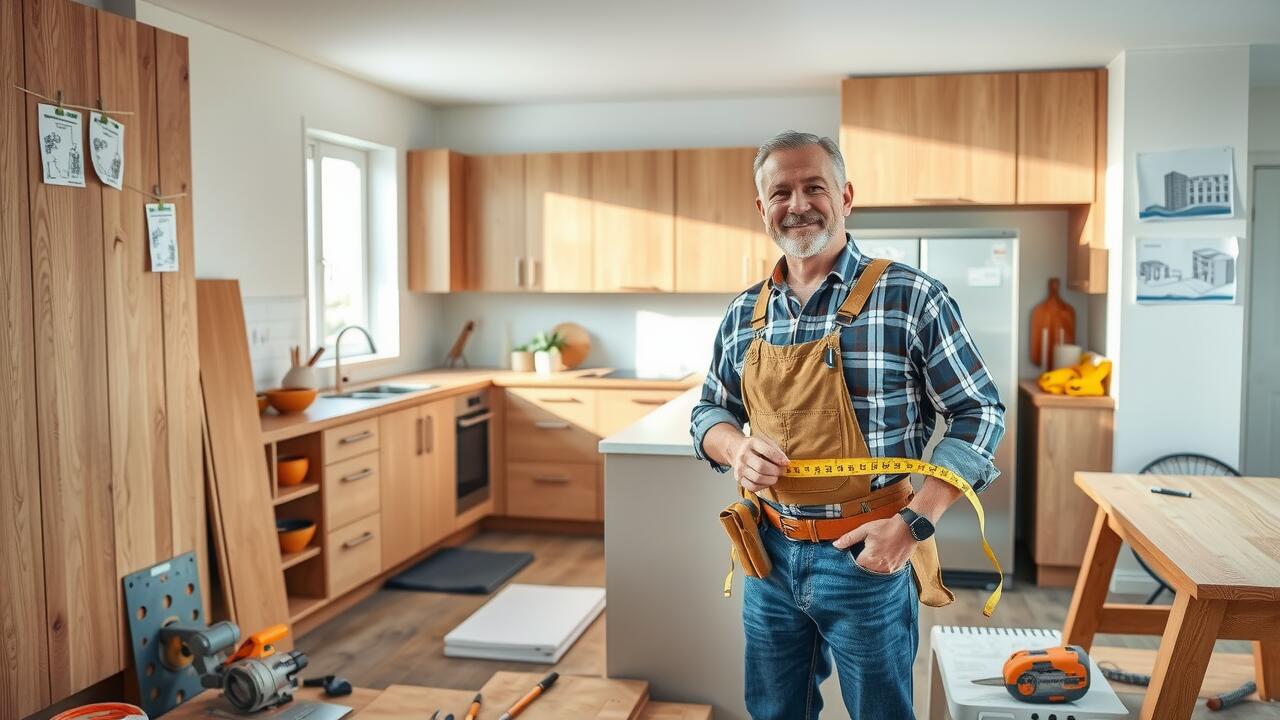
Table Of Contents
Materials That Impact Kitchen Remodel Expenses
When planning a kitchen remodel, understanding the various materials that significantly affect costs is essential. High-quality cabinets, countertops, flooring, and appliances often represent the largest expenses. For instance, granite and quartz countertops may add a luxurious touch but can substantially increase the overall budget. Additionally, the quality of cabinets can range from stock options to fully custom designs, each with a different price point impacting the total cost.
In areas like Sand Canyon, Santa Clarita, homeowners should consider local market prices for materials. Labor costs associated with installation can also vary based on the complexity of the project. Investing in durable materials may seem expensive initially, yet they could save money over time by requiring less frequent replacement or repair. Balancing aesthetics with functionality will help ensure that the final remodel meets both budgetary and practical needs.
Choosing the Right Materials
When planning a kitchen remodel, selecting the right materials can significantly affect both the aesthetics and functionality of the space. Homeowners should consider factors such as durability, maintenance requirements, and style preferences. High-quality materials may have a higher initial cost, but they often offer better longevity and performance, ultimately providing value over time. For those undertaking kitchen remodeling in Canyon Country, Santa Clarita, local trends may also influence the choice of materials.
In addition to traditional materials like wood and granite, alternative options are gaining popularity due to their unique designs and eco-friendly attributes. Stainless steel appliances provide a sleek, modern look, while quartz countertops offer a blend of beauty and resilience. Understanding the pros and cons of various materials ensures that the final kitchen design meets both practical needs and personal taste, making a meaningful impact on the home’s overall appeal.
Budgeting for Unexpected Expenses
When planning a kitchen remodel, it’s essential to account for unexpected expenses that may arise during the process. Hidden issues like plumbing or electrical problems can surface once demolition begins, leading to additional costs that can strain your budget. Homeowners often underestimate the potential for delays, which can also inflate expenses due to increased labor costs or storage fees for materials.
For those undertaking kitchen remodeling in Canyon Country, Santa Clarita, establishing a contingency fund is crucial. Typically, setting aside 10 to 20 percent of the overall budget can provide a safety net against unforeseen expenses. This approach not only helps manage stress but also ensures that you can accommodate necessary adjustments without derailing your entire project.
Setting Aside a Contingency Fund
When planning a kitchen remodel, it’s essential to set aside a contingency fund to cover unexpected expenses. Unforeseen issues, such as outdated plumbing or structural problems, often arise during the renovation process. By anticipating these potential costs, homeowners can avoid financial stress and ensure the project remains on track.
In areas like Sand Canyon, Santa Clarita, where kitchen remodeling can involve unique challenges, having extra funds available can make a significant difference. Allocating about 10-20% of your total budget for these unexpected expenses offers a safety net that keeps the renovation moving smoothly. This approach helps homeowners tackle surprise costs without derailing their overall design goals.
Financing Options for Kitchen Remodels
When considering financing options for kitchen remodels, homeowners often turn to personal loans, home equity lines of credit (HELOCs), or cash-out refinancing. Personal loans can provide a quick infusion of cash with fixed repayment terms. HELOCs allow homeowners to borrow against their home’s equity, often providing lower interest rates and flexible repayment options. For those who have built substantial equity in their homes, cash-out refinancing can consolidate existing mortgage debt with the funds needed for renovations.
In the context of Kitchen Remodeling in Mint Canyon, Santa Clarita, local banks and credit unions may offer tailored loan products that cater specifically to home improvement projects. Exploring these financing avenues can help homeowners manage their budgets effectively while ensuring they achieve their desired kitchen upgrades. It’s essential to carefully review the terms and interest rates of any loan, as well as to consider how monthly payments will fit within one’s overall financial plan.
Exploring Loans and Credit Options
Homeowners considering a kitchen remodel often explore various financing options to help manage costs. Personal loans can provide a lump sum that can cover expenses upfront, allowing for immediate renovations. Credit cards, while offering convenience and potentially rewards, usually come with high-interest rates that can accumulate quickly if the balance isn’t paid off promptly. For larger projects, homeowners might find home equity loans or lines of credit to be suitable, leveraging the equity accumulated in their homes.
In areas like Bouquet Junction, Santa Clarita, local credit unions and banks may offer tailored financing solutions to meet specific needs. Before making a decision, it’s wise to compare interest rates, terms, and repayment plans from different sources. Understanding the nuances of each option will ensure that homeowners can select a financing method that aligns with their budget and remodel goals. Taking time to research and assess these options can lead to a smoother remodeling experience.
FAQS
What is the average cost of a kitchen remodel in California?
The average cost of a kitchen remodel in California typically ranges from $25,000 to $50,000, but it can vary significantly based on the extent of renovations and materials used.
What factors can influence the cost of a kitchen remodel?
Several factors can influence the cost, including the size of the kitchen, the choice of materials, labor costs, and any additional structural changes or upgrades.
How can I choose the right materials for my kitchen remodel?
Consider factors such as durability, aesthetics, and budget when choosing materials. Research different options and consult with professionals to find the best fit for your kitchen remodel.
What should I include in my budget for unexpected expenses?
It is advisable to set aside an additional 10-20% of your total budget for unforeseen costs, such as hidden damage or required upgrades found during the remodel.
What financing options are available for kitchen remodels?
Homeowners can explore various financing options, including personal loans, home equity loans, credit cards, or specialized home improvement loans, to fund their kitchen remodel projects.


